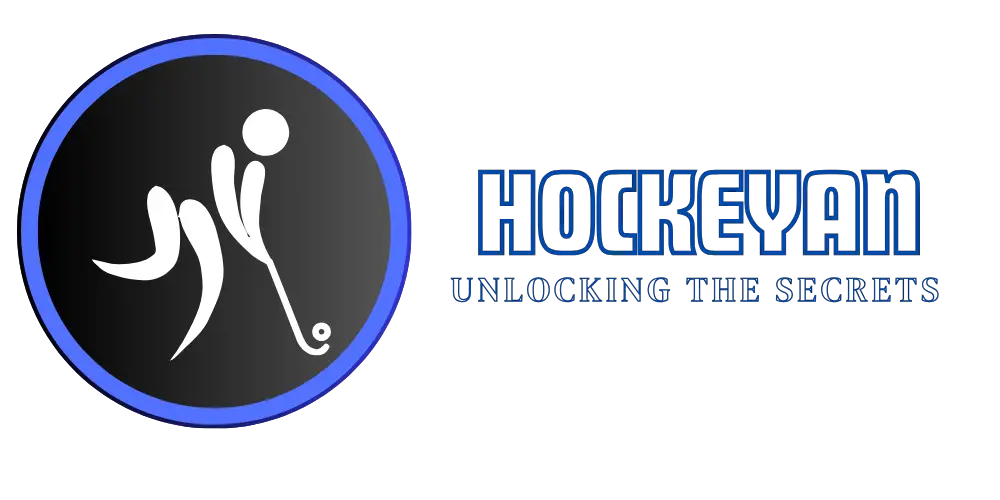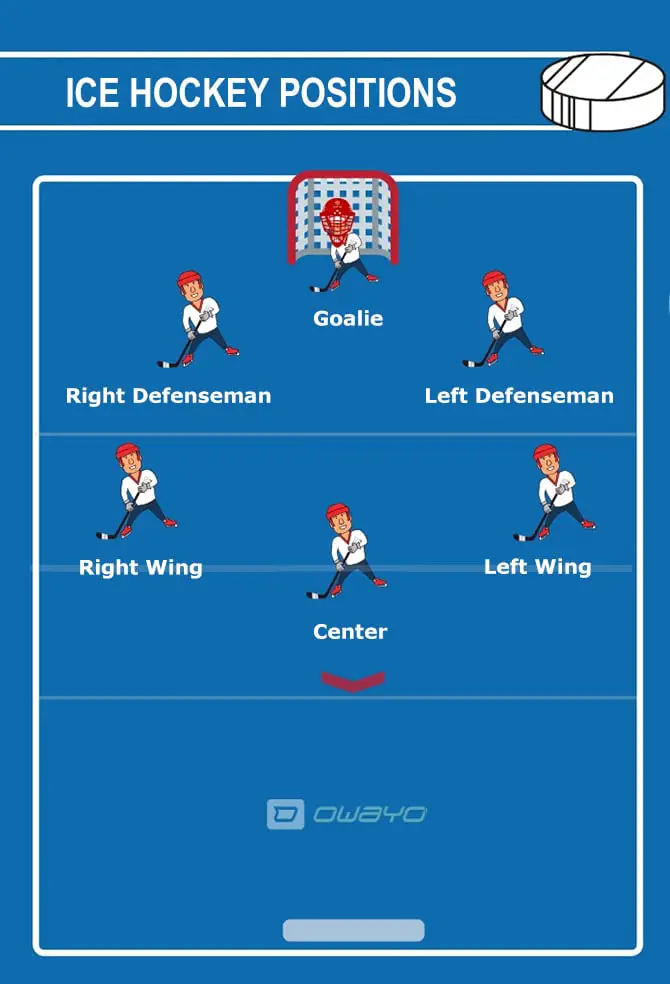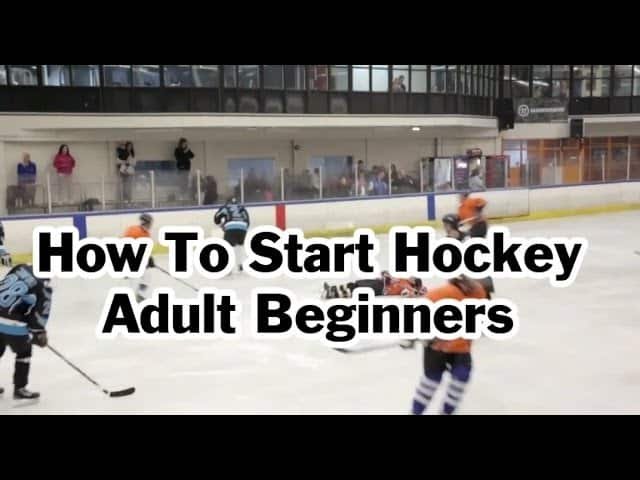Ice hockey positions consist of forwards, defensemen, and a goaltender. Each position has specific roles and responsibilities on the ice.
Ice hockey is a fast-paced sport requiring strategic positioning and teamwork. Forwards aim to score goals and create offensive opportunities. They include centers and wingers, each with distinct tasks. Defensemen focus on preventing the opposing team from scoring, providing physical play and protecting their goaltender.
The goaltender’s primary role is to stop the puck from entering the net, requiring quick reflexes and strong mental focus. Understanding these positions and their functions is crucial for appreciating the game’s dynamics and strategies. This knowledge enhances both player performance and fan enjoyment of the sport.
Goalie Responsibilities
The goalie has a crucial role in ice hockey. They are the last line of defense and must protect the net. The goalie also communicates with the defense to ensure team coordination.
Protecting The Net
The main job of the goalie is to stop the puck. They use their pads, gloves, and stick to block shots. The goalie must stay alert and focused at all times. Quick reflexes help the goalie make crucial saves.
Goalies use different techniques to protect the net. They can use a butterfly save, where they drop to their knees. This covers the lower part of the net. Goalies also use a glove save to catch high shots. Proper positioning helps the goalie see the puck better.
Here are some key actions for goalies:
- Stay square to the shooter.
- Keep the stick on the ice.
- Track the puck with their eyes.
- Communicate with teammates.
Communication With Defense
Communication is vital for goalies. They must talk to their defensemen to organize the play. Goalies call out instructions and alert teammates of threats. Clear communication helps prevent scoring chances.
Goalies often use simple phrases like “man on” or “clear it”. This helps the defense react quickly. Good communication builds trust between the goalie and defense. This teamwork is essential for a strong defense.
Here is a table showing key communication phrases:
| Phrase | Meaning |
|---|---|
| Man on | An opponent is close |
| Clear it | Get the puck out of the zone |
| Screen | Opponent blocking the goalie’s view |
Effective communication can make the difference in a game. It ensures everyone is on the same page.
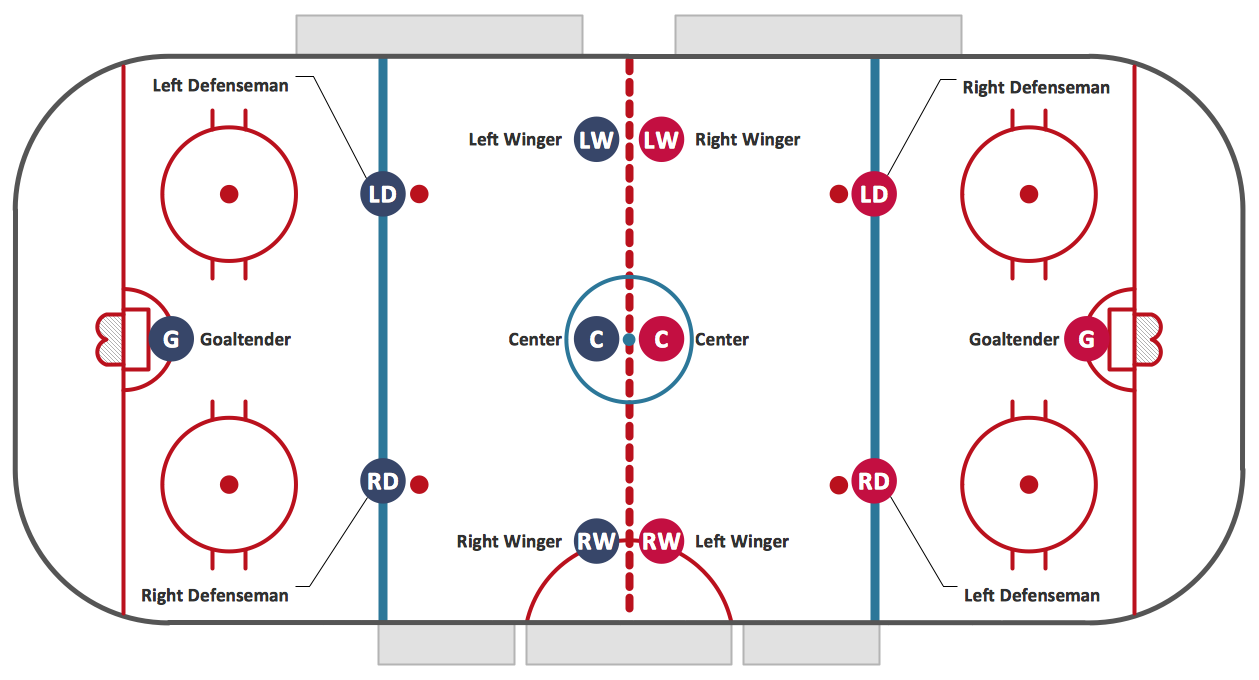
Credit: www.conceptdraw.com
Defensemen Duties
Defensemen are key players in ice hockey. They have crucial roles in defending their team’s goal. Their main duties include blocking shots and starting breakouts. Let’s dive into these responsibilities.
Blocking Shots
Blocking shots is vital for defensemen. They use their bodies to stop pucks. This prevents the puck from reaching the goal. Bravery and quick reflexes are essential. Defensemen often drop to their knees to block shots. They also use their sticks to deflect the puck. Proper positioning helps them cover more area. This skill can save many goals and boost team morale.
Starting Breakouts
Starting breakouts is another key duty. Defensemen help their team switch from defense to offense. They pass the puck to forwards to start an attack. Accurate passing is crucial here. Defensemen need to read the game and make smart decisions. They often skate with the puck to create space. This helps set up scoring opportunities for their team. Communication with teammates is also important.
| Blocking Shots | Starting Breakouts |
|---|---|
| Uses body to stop pucks | Passes puck to forwards |
| Drops to knees | Skates with the puck |
| Uses stick to deflect | Creates space |
| Proper positioning | Reads the game |
| Boosts team morale | Sets up scoring opportunities |
Center’s Role
The center in ice hockey is a versatile and essential player. Centers have responsibilities on both offense and defense. They are involved in every play, making them crucial to the team’s success.
Faceoff Strategies
One of the primary roles of a center is taking faceoffs. Winning a faceoff can set the pace of the game.
- Stick Position: The center must position their stick correctly to gain control.
- Body Position: Proper stance helps in maintaining balance and strength.
- Reading the Opponent: Centers must anticipate the opponent’s move.
Faceoff strategies are vital for gaining possession of the puck. A well-executed faceoff can lead to scoring opportunities.
Supporting Both Ends
The center must be effective in both offensive and defensive zones. They need to transition quickly from defense to offense.
| Offensive Role | Defensive Role |
|---|---|
| Passing: Centers distribute the puck to wingers. | Backchecking: Centers help defend against opposing forwards. |
| Shooting: They take shots on goal. | Faceoffs: They win faceoffs in the defensive zone. |
| Playmaking: Centers create scoring opportunities. | Blocking: They block shots and passes. |
Supporting both ends makes the center a dynamic player. They need to excel in various skills to be effective.
Winger Tasks
Wingers play a crucial role in ice hockey. They balance offense and defense. Their tasks can vary, but they are vital for team success. Let’s delve into some key responsibilities of wingers, focusing on Forechecking Tactics and Creating Scoring Opportunities.
Forechecking Tactics
Forechecking is a key strategy in ice hockey. It involves applying pressure on the opponent. Wingers are often the first line of this pressure.
- First Forward In (F1): The first winger pressures the puck carrier.
- Second Forward In (F2): The second winger supports and covers passing lanes.
- Third Forward In (F3): The third winger stays high to intercept passes.
Effective forechecking can disrupt the opponent’s play. It forces turnovers and creates scoring chances. Wingers must be quick and smart in their movements.
Creating Scoring Opportunities
Wingers are essential in generating goals. They must be skilled in positioning and passing. Here are some key tasks:
- Net Front Presence: Wingers position themselves in front of the net. They screen the goalie and look for rebounds.
- Cross-Ice Passes: Wingers make quick, accurate passes across the ice. This creates space and confuses defenders.
- One-Timers: Wingers take fast, powerful shots off passes. Timing and accuracy are crucial here.
Wingers must also be aware of their linemates. Good communication and chemistry lead to better scoring chances. A winger’s ability to read the game is invaluable.
Special Teams Play
Special teams play is a critical aspect of ice hockey. It involves specific strategies for power plays and penalty kills. These tactics can make or break a game. Understanding the nuances of special teams play can provide a significant advantage.
Power Play Strategy
A power play occurs when the opposing team has a player in the penalty box. This gives your team a numerical advantage. The main goal is to score while the other team is shorthanded.
Here are some key strategies:
- Quick Passing: Move the puck rapidly to confuse defenders.
- Screening the Goalie: Position a player in front of the goalie.
- One-Timers: Take quick shots off passes to catch the goalie off guard.
- Overloading: Focus more players on one side to create open space.
- Point Shots: Shoot from the blue line to create rebounds and deflections.
Penalty Kill Techniques
A penalty kill happens when your team is down a player due to a penalty. The goal is to prevent the opposing team from scoring.
Effective techniques include:
- Shot Blocking: Players sacrifice their bodies to block shots.
- Clearing the Puck: Send the puck down the ice to waste time.
- Stick Checking: Use your stick to disrupt passes and shots.
- Active Skating: Keep moving to cover more space and apply pressure.
- Box Formation: Form a tight box to protect the goal area.
| Strategy | Description |
|---|---|
| Power Play | Utilize quick passing and one-timers to score. |
| Penalty Kill | Focus on shot blocking and clearing the puck. |
Line Changes
Ice hockey is a fast-paced sport requiring quick thinking and agility. One critical aspect of the game is line changes. These allow players to swap in and out seamlessly. Properly executed line changes can keep a team energized and strategically advantageous.
Timing And Strategy
Timing is crucial for successful line changes. Players must change swiftly to avoid penalties and maintain momentum. Typically, changes happen during stoppages in play or while the puck is in a safe zone.
- Changing during stoppages minimizes risk.
- Players switch lines every 30-60 seconds.
- Coaches signal line changes from the bench.
Strategically, coaches decide which lines to deploy based on the game’s context. Defensive lines may be used to protect a lead. Offensive lines are used to capitalize on scoring opportunities.
Maintaining Team Energy
Effective line changes help maintain team energy. Fresh players on the ice can skate faster and react quicker.
Here is how line changes help maintain energy:
| Aspect | Benefit |
|---|---|
| Frequent Changes | Reduce player fatigue |
| Player Rotation | Maximize performance |
| Strategic Substitution | Maintain game pace |
Teams with better line changes often outperform their opponents. Properly managed energy levels lead to more effective gameplay and fewer mistakes.
Communication On Ice
Effective communication on the ice is crucial in ice hockey. Players must understand each other to execute plays. This section delves into how players communicate during the game.
Verbal Cues
Verbal cues are vital in ice hockey. Players use short, clear words. These words help teammates understand quickly. Common verbal cues include:
- “Pass” – Indicates a player wants the puck.
- “Man on” – Warns a player of an approaching opponent.
- “Wheel” – Encourages a player to skate with the puck.
- “Boards” – Tells a player to pass along the boards.
Verbal communication needs to be loud and clear. The rink can be noisy. Therefore, players must shout to be heard.
Non-verbal Signals
Non-verbal signals are equally important in ice hockey. They include gestures and body language. Players use these signals to communicate silently. Common non-verbal signals include:
- Pointing – Indicates where to pass the puck.
- Head Nods – Confirms understanding of a play.
- Stick Taps – Signals readiness for a pass.
- Eye Contact – Establishes connection before a play.
Non-verbal communication helps maintain focus. It also keeps the team’s strategies hidden from opponents.
| Verbal Cues | Non-Verbal Signals |
|---|---|
| “Pass” | Pointing |
| “Man on” | Head Nods |
| “Wheel” | Stick Taps |
| “Boards” | Eye Contact |
Both verbal and non-verbal signals are essential. They ensure smooth gameplay and effective teamwork.
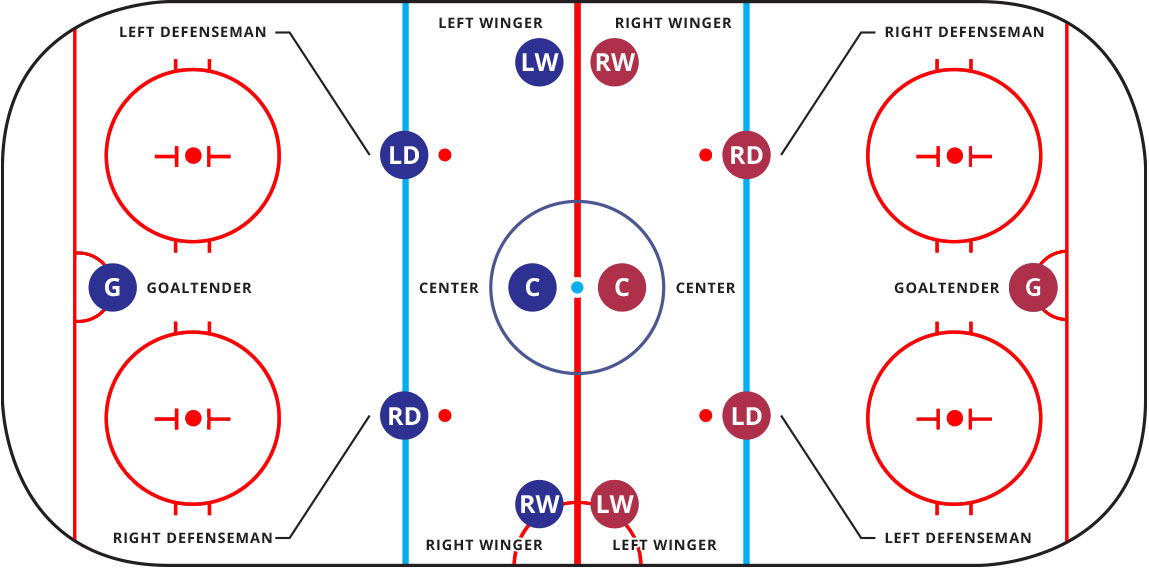
Credit: www.hockeymonkey.com
Training For Each Position
In ice hockey, each position requires specific skills and training. Understanding these needs is crucial. This section will cover drills and conditioning for each position.
Position-specific Drills
Each position in ice hockey has unique responsibilities. Tailored drills can improve performance.
| Position | Key Drills |
|---|---|
| Goalie |
|
| Defense |
|
| Forward |
|
Physical Conditioning
Physical conditioning is vital for all ice hockey players. It ensures peak performance and reduces injury risks.
Goalies need flexibility and agility. Key exercises include:
- Yoga
- Quick feet ladder drills
Defense players require strength and endurance. Important exercises include:
- Weight lifting
- Interval training
Forwards need speed and explosiveness. Essential exercises include:
- Sprint drills
- Plyometrics

Credit: m.youtube.com
Frequently Asked Questions
What Are The Main Positions In Ice Hockey?
Ice hockey has six main positions: center, left wing, right wing, two defensemen, and a goaltender. Each position has specific roles and responsibilities.
What Does A Center Do In Ice Hockey?
The center is crucial in both offense and defense. They take faceoffs, support wingers, and often lead the attack.
What Are The Responsibilities Of A Defenseman?
Defensemen protect their zone and prevent the opposing team from scoring. They also assist in transitioning the puck to offense.
What Skills Are Important For A Goaltender?
A goaltender needs quick reflexes, excellent hand-eye coordination, and strong mental focus. They are the last line of defense.
Conclusion
Mastering ice hockey positions enhances your gameplay and team dynamics. Each role carries unique responsibilities and skills. Understanding these positions can elevate your experience and performance on the ice. Stay engaged, practice regularly, and watch your love for the game grow.
Enjoy the thrill and teamwork that ice hockey offers.
